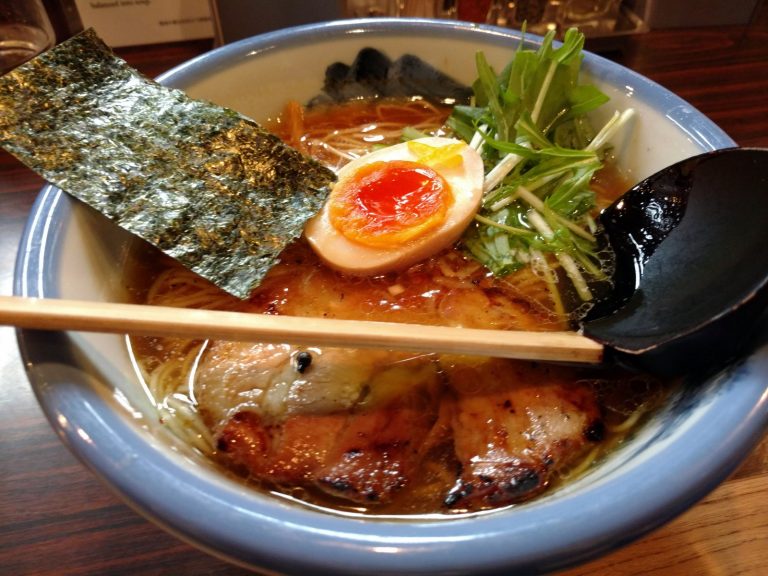If you’re traveling to Japan and planning to eat ramen, Hong Kong to eat dim sum, or Taiwan to eat some beef noodle, don’t start your research with an English-language publication or review website (like Yelp). These article writers and travelers most likely had the regional food just a handful of times in their lifetime. You want the expertise of a person that ate from so many places, that they know the difference between a good and great establishment. To easily find this, crowdsource millions of people that eat that type of food every day by using their country’s version of ‘Yelp’.
In Japan, Use Tabelog
Let’s start with Japan’s most popular restaurant review website, Tabelog. Over the last couple of years, the English version of their website has improved by leaps and bounds. The way they translate cuisine types, restaurant names, and neighborhoods make website search and navigation simple. Although reviews will all be in Japanese, their star scoring system is quite easy to understand. A note about Tabelog users, they are notoriously conservative giving 5-star ratings. Think of a 3.0 as good, a 3.5 as great, and anything 4.0+ is as good as it gets. If you’re interested in reading restaurant reviews, the easiest way to do this would be to visit the website using Google Chrome. Right-click on some foreign text that isn’t a link, and click ‘Translate to English’ to read.
In Hong Kong and Macau, Use OpenRice
When visiting Hong Kong and Macau, check out OpenRice. Their English version of their website is decent, with some unusual translations here and there. Just some areas of their site are un-navigatable using only English. One major plus, however, is that you can make reservations to many restaurants via the website or their mobile app if you create an account with them. Here’s a quick tip if you’re using a foreign website’s search engine and aren’t getting the results you want. In a new tab, type a food type, or place name into Google followed by ‘Wikipedia’. Click on the associated Wikipedia page and you’ll probably see at the right the word written in Chinese. ‘Copy’ the ‘Traditional Chinese’ characters (for Hong Kong, Macau, and Taiwan), or the ‘Simplified Chinese’ (for mainland China) and paste them into the search box of the restaurant review website. You will most likely get more hits searching in Chinese than in English.
In Taiwan, Use iPeen
Finally, for Taiwan check out iPeen. They don’t have an English website so use the previous tips listed above to get started. Here are two more tips for browsing websites in languages you can’t read. When looking at links on a foreign website, hover your mouse over the link and check the bottom of your browser. The page’s URL will appear and more often than not, the last part of the URL will be in English. Using this you can get an idea about what links are for before you click. Also, if you’re not having luck with a particular site’s search engine, try google. Type out the same search request and just add the name of the site you want to search into the end of it (Tabelog, OpenRice, iPeen). You may get better results because Google does a really good job with search in most languages. Note that these tips aren’t just for Asian countries, they work just as well for European languages.
Here are a pair of final caveats before you start using foreign sites to do research. The places you find will less likely have an English menu nor English speaking workers. If you can’t speak or read, there aren’t pictures, and the person taking the order isn’t all that patient, you may just end up empty-handed. Also, these websites (like Yelp) are simply a collation of people’s opinions and will be subjective. YMMV.




